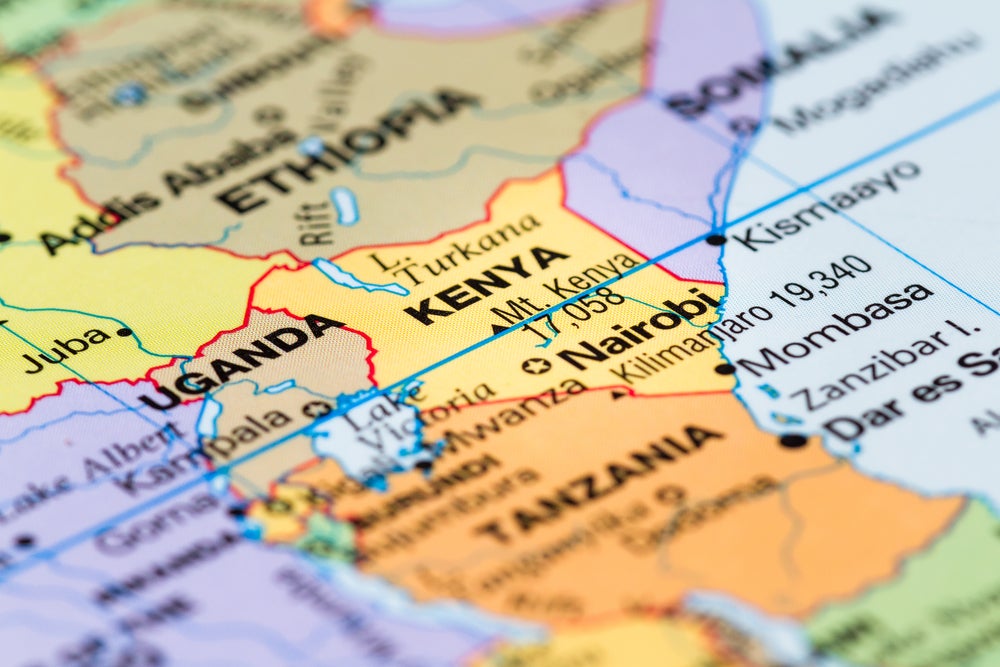
Africa’s megacities are the dominant destinations for foreign investment across the continent. From 2003 to 2016, more than 80% of foreign direct investment (FDI) in African cities was directed at large cities such as Lagos, Nairobi, Johannesburg and Cairo. This is not surprising. For decades, African governments have pursued export-oriented economic policies that prioritised linking their principal and capital cities to global supply chains. This approach concentrated opportunities, infrastructure, markets and labour in a handful of cities at the expense of diversified regional development. All of that is about to change.
African leaders are quickly recognising that their megacities have overburdened infrastructure and ineffective business environments. Poor planning and weak state capacity mixed with rapid urban population growth has created unproductive and impoverished cities that drag down economic development. Despite low income levels, residents in these cities devote 55% more of their income on housing, 42% more on transportation and 35% more on food than cities in other regions. African megacities are 23% more spatially fragmented than cities elsewhere, which makes it harder for workers to connect with employers. All of this translates into high business costs and an environment that is unattractive to foreign investors. As Africa continues to rapidly urbanise – the region will add almost one billion new people to its cities by 2050 – policymakers are looking for ways to convert urban growth into economic productivity.
Policymakers now believe that secondary, or intermediate, cities are the key to a productive urban future in Africa. Secondary cities – which range from 100,000 to one million people in population – already house more than 40% of Africa’s urban population and are expected to absorb two-thirds of Africa’s future urban growth. Unlike megacities, secondary cities are not ‘trapped’ in existing land use patterns and poor infrastructure. They present an opportunity to ‘get things right’ in advance of rapid population growth. Secondary cities already play a crucial role in linking rural-to-global supply chains, and for the 80% of Africa’s population that does not currently live in megacities, secondary cities will be their first introduction to urban living. With proper planning and investment, secondary cities can drive economic growth more efficiently than existing megacities.
The case for secondary cities is not just theoretical. African governments, policymakers and organisations have already made substantial investments into the growth of smaller cities. In 2022, leaders across the region convened at the Ninth Africities Conference in Kenya to discuss how secondary cities will drive economic development. The event allowed stakeholders to commit to UN-Habitat’s New Urban Agenda, which emphasises the role intermediate cities have in strengthening national resiliency.
Which of Africa’s secondary cities are leading the charge?
On the ground, both national and regional governments have moved forward on infrastructure projects and policy reforms in their smaller cities. Take Kisumu, a city of 600,000 that sits around 320km away from Nairobi. During the pandemic, the country’s government expanded water access, built new modern markets and improved green spaces. This is part of a broader push by Kenya to empower nearly 70 of its secondary cities in the next decade. Likewise, Ethiopia, with technical assistance from New York University’s Marron Institute, invested $35m to prepare 18 cities for rapid growth. This included developing urban expansion plans and securing land for future infrastructure deployment.
In many cases, secondary cities development includes the construction of completely new cities. In 2020, Uganda approved the construction of 15 new secondary cities, ten of which have since become operational. These cities form the core of Uganda’s Vision 2040 national development plan and the government is working to make sure that the areas are friendly to investors. In Malawi, one of the fastest-urbanising countries in the world, a secondary cities plan proposes to build eight new such settlements around the country. The plan is intended to relieve pressures in Malawi’s largest cities and promote new industrialisation. Malawi’s minister of local government claims that the new secondary cities will draw investments to mining, agriculture and tourism industries.

US Tariffs are shifting - will you react or anticipate?
Don’t let policy changes catch you off guard. Stay proactive with real-time data and expert analysis.
By GlobalDataThere are similar projects in Rwanda, which is building six new secondary cities, and Senegal, which is building a new administrative capital outside Dakar. In just the past decade, more than 40 new secondary cities aiming to accommodate 100,000 people have been announced in Africa.
The focus on secondary cities offers new opportunities for foreign investors. Secondary cities are better at reducing poverty than megacities, which will bring more people into the consumer middle class. In some countries, smaller cities have seen greater gains in secondary and tertiary education attainment than the principal city. Secondary cities are also less congested than larger cities, which reduces transportation costs and makes it easier to match workers with companies. To attract investments, African governments are increasingly housing secondary cities in special economic zones with attractive business-friendly policies. Although secondary cities are still relatively cheap, past experiences show small investments can snowball into large returns. In Cape Coast, Ghana, investments in the community saw land values rise by 50% within a year.





